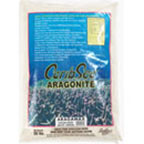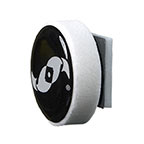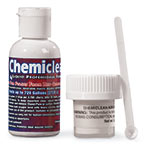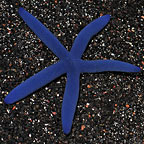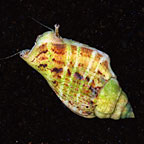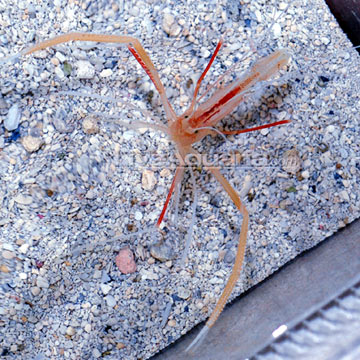
Additional locales and sizes may be available!
Additional locales and sizes may be available! Email me when availableQuick Stats
What do these Quick Stats mean? Click here for more information
What do these Quick Stats mean? Click here for more information
Overview
Sufficient room should be provided in the aquarium to allow the Cave Shrimp to move without its long antennae touching neighboring corals or anemones. These shrimp must be kept singly, or as a true-mated pair, being intolerant of others of the same species. It may also harass other smaller shrimp of different species. It is relatively hardy, but must be acclimated slowly to avoid any salinity and/or pH shock. It is intolerant of high nitrates or copper levels, and the aquarium should be supplemented with iodine to promote proper molting.
Breeding the Cave Shrimp is usually not successful. Larvae are generally destroyed by filtration and skimming.
In the wild, the Cave Shrimp feeds on parasites, dead tissue removed from fish, and other tiny organisms. In the home aquarium, it will accept most flaked and frozen foods, plankton, and meaty items.
Approximate Purchase Size: 2" to 3"



